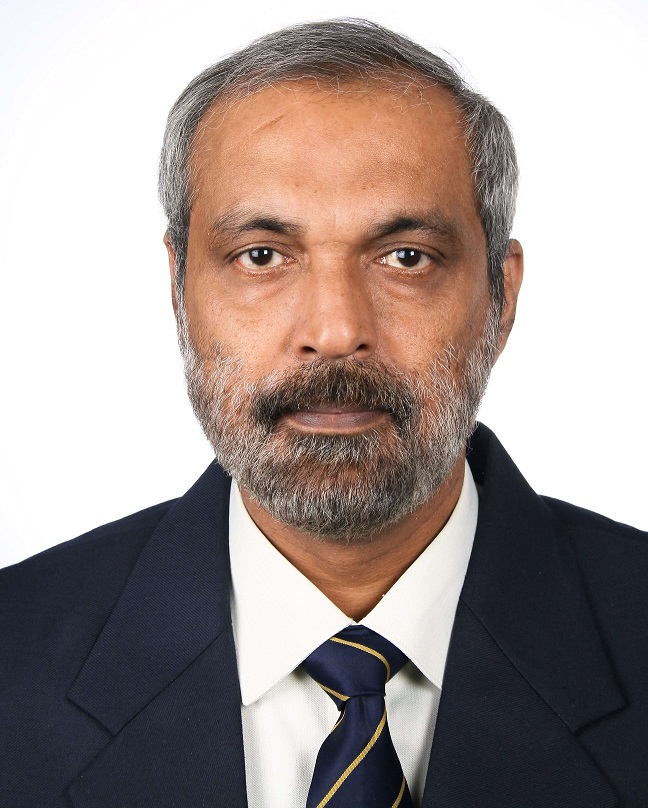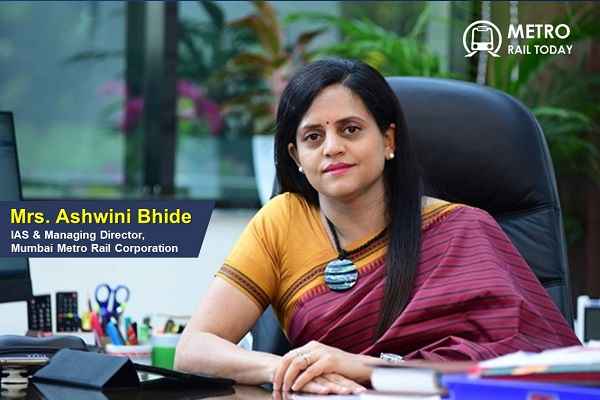 How Ashwini Bhide’s vision shaped Mumbai Metro Line 3 and redefined Urban Mobility?
How Ashwini Bhide’s vision shaped Mumbai Metro Line 3 and redefined Urban Mobility?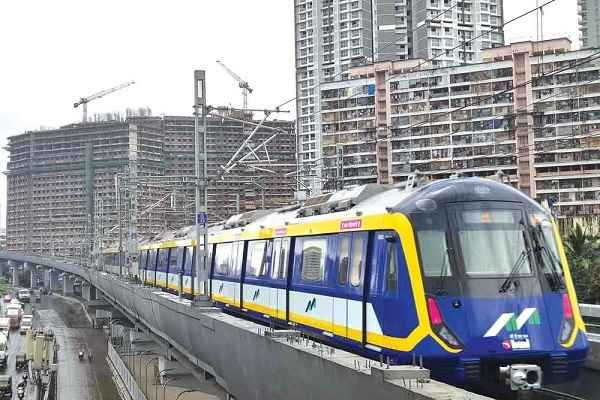 Titagarh Rail Systems Bags ₹2,481 Crore Rolling Stock Contract for Mumbai Metro Line 5
Titagarh Rail Systems Bags ₹2,481 Crore Rolling Stock Contract for Mumbai Metro Line 5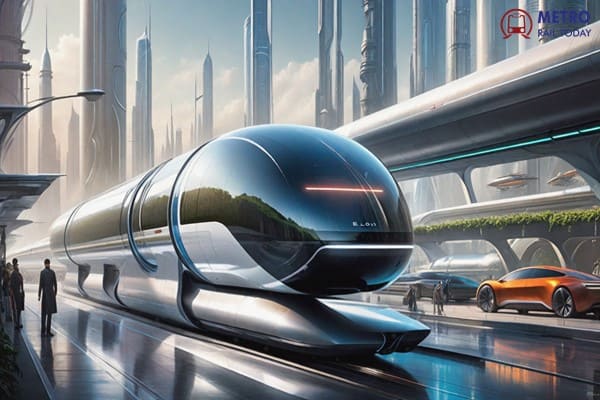 DP World, Deendayal Port and Nevomo join hands to Pilot Magnetic Rail Cargo Movement in India
DP World, Deendayal Port and Nevomo join hands to Pilot Magnetic Rail Cargo Movement in India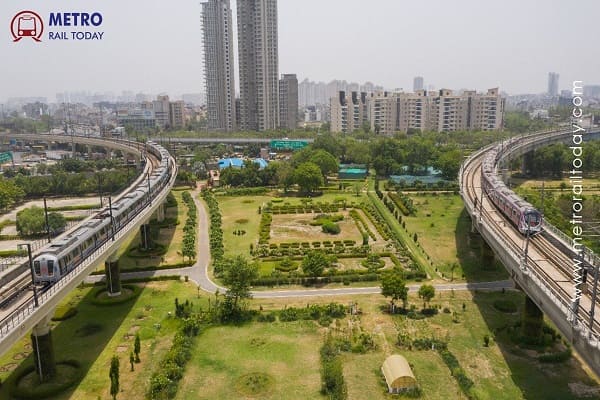 DMRC signs MoU with MapMyIndia to intergrate Delhi Metro Rail Network with Mappls App
DMRC signs MoU with MapMyIndia to intergrate Delhi Metro Rail Network with Mappls App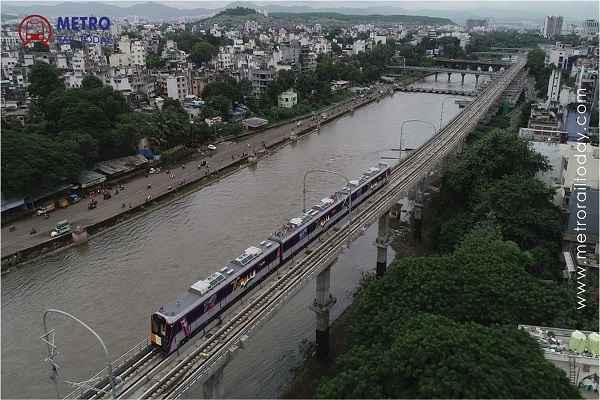 Maharashtra approves Tripartite MoU for Pune Metro Phase 2 Extensions
Maharashtra approves Tripartite MoU for Pune Metro Phase 2 Extensions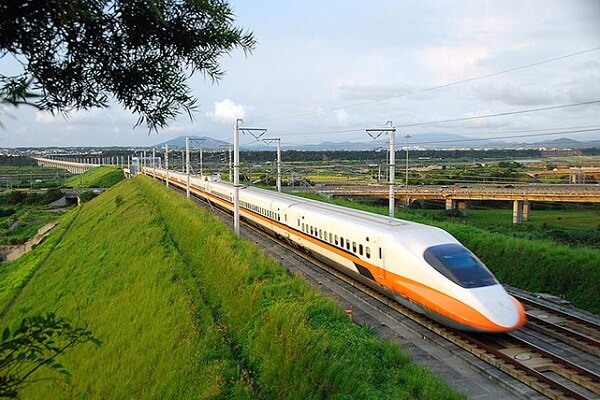 Andhra Pradesh proposes Bullet Train Link to connect Amaravati International Airport
Andhra Pradesh proposes Bullet Train Link to connect Amaravati International Airport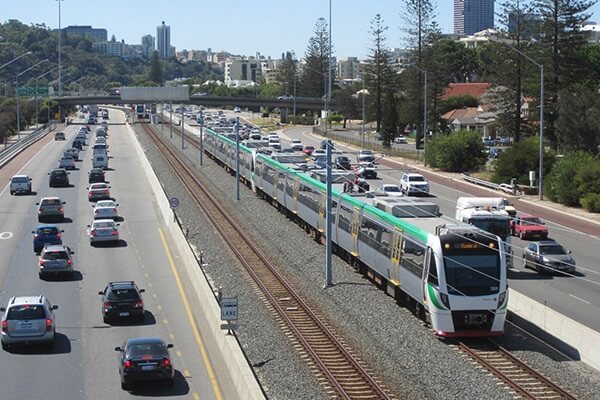 SYSTRA acquires BG&E to strengthen Engineering Expertise in Australia and beyond
SYSTRA acquires BG&E to strengthen Engineering Expertise in Australia and beyond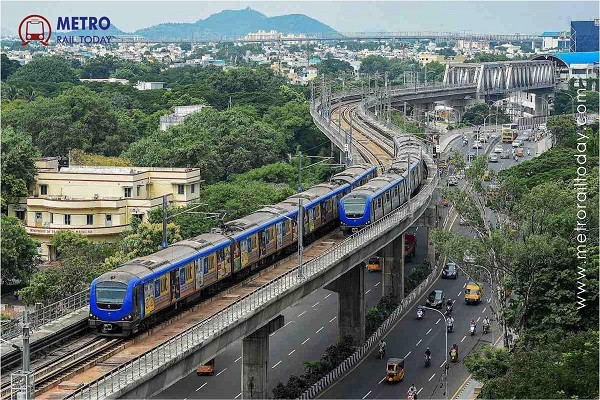 100% Precast work completed for viaduct of Chennai Metro Corridor 4
100% Precast work completed for viaduct of Chennai Metro Corridor 4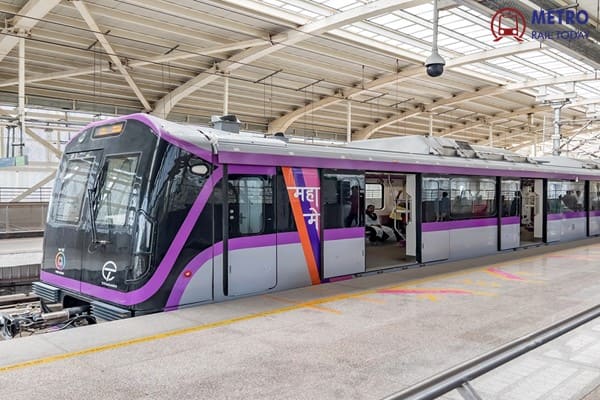 Adani Group bags ₹16.44 Billion Pune Metro Contract for Swargate–Katraj Underground Section
Adani Group bags ₹16.44 Billion Pune Metro Contract for Swargate–Katraj Underground Section MEMCO and United Trans join hands to strengthen Passenger Rail Solutions across Middle East
MEMCO and United Trans join hands to strengthen Passenger Rail Solutions across Middle East
Some posers for India's new rail ministry - Sudhanshu Mani
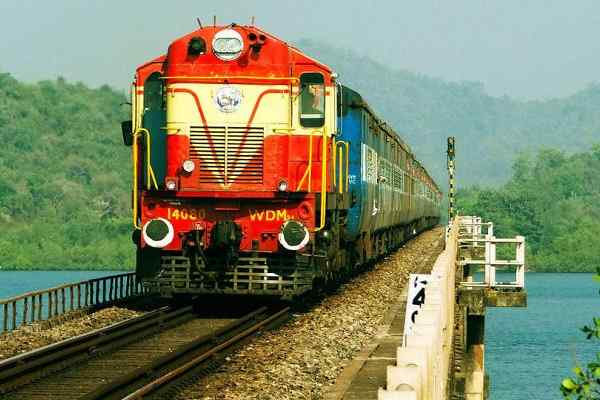
Election results are expected in less than a week, heralding the arrival of a new government. While speculation and mixed chatter abound, there is a prevailing sense of the inevitability that the current government is likely to retain power, albeit with a reduced majority. I do not have an ear to the ground but regardless, a new government will mean a new railway minister. If the current government is re-elected, will there be a change in the minister for Indian Railways? Rumors suggest that the present minister might be promoted to an even more significant role. We wait and watch with interest.
Before the new railway minister takes office, let us briefly review the successes and failures of the current administration. I will focus on presenting the facts without delving into their implications. Although I usually offer constructive criticism and even face trolls and backlash, this time I will simply lay out the facts for readers to form their own opinions.
Let us start with this conversation which covers the whole gamut of the roads ahead for IR:
It starts with the cliched but equally customary declaration that the railways were merely a cash cow for politicians until 2014 and that it is important to acknowledge the sector has since been nurtured with unprecedented investment, increasing from ₹35,000 crore to approximately ₹2.6 lakh crore. This shift is both true and commendable, especially considering that railways are three times cheaper and ten times cleaner compared to road transport. However, should we not expect some benefits in terms of an increased modal share for IR ten years after this significant push? It acknowledges that with the country’s economy growing at 7 to 8% with nominal growth at 11 to 12%, the additional cargo is in the range of 3000 mt per year. It is followed by a homily on why it was important for rail’s share to increase to save more than a lakh cr. with much less environmental impairment. And what has happened? IR has not been able to take over additional cargo of even 100 mt in 23-24 and the modal share is not even flat but has perhaps dropped below 27%.
Railway transport is indeed cheaper and faster, but the lack of integration of cargo origins and destinations with the rail network remains a significant issue. To address this, the Gati Shakti initiative with its multi-modal terminal policy was announced in 2021, setting ambitious goals of establishing 160 terminals, out of which more than 60 have already been commissioned. The initiative aims for IR to achieve nearly a 50% modal share, reducing the country's logistics cost to around 8%. However, progress has been very slow. According to plans, we should have transported 2400 million tonnes (mt) by rail in 23-24 to meet the target of 3000 mt by 2027, but we are currently just below 1600 mt.
The Dedicated Freight Corridors (DFCs) were envisioned as the solution to significantly enhance IR's freight transport capacity. While over 200 trains now operate on DFCs, this is less than 50% of the intended capacity. The Eastern DFC, spanning 1,337 km from Son Nagar to Ludhiana, has improved transit times for coal moving from the eastern mines to northern power plants. However, the planned extension to Dankuni remains unaddressed and therefore the corridor would remain sub-optimum. Similarly, the 1,506 km Western DFC from Dadri to Mumbai has reduced EXIM traffic transit time by nearly 50%, with a notable increase in capacity due to double-stack container operations. Nonetheless, the connection to the JNPT port is not expected to be operational until late next year. We have been hearing of the completion of DFCs in terms of percentages for years now; when will we hear 100% finished? Nobody is even asking for the ROI of the project as it is going to be abysmal but should the project not be completed fast with more involved project execution to realize full benefit?
IR’s progress in the electrification of tracks follows. IR has positioned India as a global leader with nearly 100% of its rail network electrified. This milestone is commendable on one plane as it reduces dependence on fossil fuels but at the same time, however, has this progress outpaced necessity, leaving approximately 5,000 diesel locomotives, valued at around ₹30,000 crore, idle or under-utilized? There has been some speculative enthusiasm about exporting these locomotives, but this overlooks several key points. Our neighboring countries with Broad Gauge (BG) tracks could potentially absorb no more than 100 locomotives over the next five years, assuming they even agree to purchase used locomotives. Furthermore, economically advanced BG countries like Argentina, Brazil, and Chile are unlikely to opt for second-hand locomotives. Additionally, the savings from such extensive electrification to my knowledge, have not been transparently reported. Is it not time to quantify them?
The issue of public-private partnerships (PPP) and the increased role of private players in the rail sector seems to have been dismissed due to the complexities involved in railway construction and operations. Does this mean initiatives such as PPPs in station modernization, private operation of premium trains, and the expansion of private freight train operators beyond container transport are being sidelined? Has the corporatization, let alone privatization, of rolling stock manufacture—a part of the government's 100-day plan in 2019—been abandoned? These questions point to a need for more strategic planning and transparency in the execution of these ambitious projects to ensure that the benefits are fully realized and resources are optimally utilized.
Remember the euphoria, including my own at the beginning of the year, over the completion of the dream project to connect Kashmir with Kanyakumari in 2024! Rightly so as it would have a huge impact on the integration of the valley with the rest of the country. Will the technical challenge at Tunnel 1 near Katra further delay the project considerably, going well into 2025?
After decades of hype surrounding the redevelopment of railway stations, with tangible results seen only in Gandhinagar and Habibgunj, we are now introduced to the Amrit Bharat Station Scheme, which aims to transform 550 stations across IR. The critical question remains: Will these stations be functionally efficient alongside their glitzy facades and embellishments? Key factors include easy entry and exit, smooth boarding and deboarding processes, controlled access to platforms, effective passenger information systems (PIS), and maintaining hygienic conditions. Although substantial funds are being allocated, and it is still early days aside from Ayodhya, we have yet to witness the completion of any of these projects. It seems we need to adopt a wait-and-see approach.
IR’s safety record has generally improved despite a spate of accidents with a large number of fatalities in 2023. It is now crucial to prioritize modern initiatives to enhance safety further. One significant development is Kavach, an indigenous comprehensive signaling system designed to improve both capacity and safety. However, its deployment has been sluggish. Additionally, the use of artificial intelligence (AI) to analyze and generate meaningful alerts from the extensive data related to train operations—such as station data loggers, axle counters, and the advanced microprocessors on locomotives and trains—remains grossly underutilized. This vast repository of information is currently used primarily for limited departmental purposes. Engaging a competent agency to develop AI-enabled algorithms not only for quick post-mortem analysis but also for real-time alert generation could substantially enhance monitoring and foster a culture of safety consciousness. The question remains: When will we see a genuine push in these critical areas?
The list of concerns is extensive, so for the sake of brevity, I will touch upon only a few other key issues:
1) Track Upgradation: There is an urgent need to upgrade tracks on major trunk routes to support speeds of 160 km/h, allowing modern trains to reach their full potential.
2) Eliminating Waiting Lists: Despite the avowed plan to eliminate waiting lists for passenger travel by 2027, the reality is that General and Sleeper Classes are becoming increasingly overcrowded as the number of such coaches has inexplicably decreased.
3) Comfortable Travel for Lower Classes: Does IR aim to make travel more dignified and reasonably comfortable for its lowest classes during Amrit Kaal, potentially by transitioning to all-AC trains?
4) Maintenance Systems: There should be a shift towards less labor-intensive and more accurate maintenance systems, particularly for tracks.
5) Export Strategy: Developing a strategy for exporting rolling stock to medium-income countries is also crucial and
6) Rethink the failed IRMS experiment for the induction of executives. So, where do we stand on these issues?
Last but not least, the area of special interest to me. Vande Bharat and its various versions. While many Vande Bharat trains boast of high occupancy, some do not and should not have been deployed at all. IR must carefully assess the potential patronage before introducing these trains on new routes. I have consistently emphasized that after a certain number of day trains, typically around 45 or 50, IR might face challenges in deploying these trains effectively and profitably unless a sleeper version is introduced to replace Rajdhanis and other fast overnight trains. A case in point is more than ten ready rakes of these trains await deployment for months; is it because of the model code for elections or because IR is unable to determine profitable routes? A well-managed Vande Bharat Rajdhani could be a game-changer for IR. Furthermore, as average speeds increase across IR, Vande Bharat trains could transform travel between Delhi and major cities like Mumbai and Kolkata into true overnight journeys, posing a significant challenge to airlines and reshaping the competitive landscape of the transportation sector. However, the sleeper version is unlikely to be deployed commercially in 2024.
The question arises: Why has the ICF team, which designed, developed and delivered the Train 18 in 18 months, starting from scratch, not been able to make a much simpler modification to a sleeper version in nearly six years since the prototype was introduced? This delay is glaring and puzzling; it warrants a thorough review to ensure that IR can fully capitalize on the potential of Vande Bharat trains.
I recognize that asking questions is easy while providing answers and solutions is much more challenging. However, those who bear the mantle of responsibility must also shoulder the obligation to respond and act. Genuine action carries far more weight and significance than mere promises. To quote the bard, who speaks through Volumnia in Coriolanus: “Action is eloquence, and the eyes of the ignorant more learned than the ears.” I sincerely hope that our countrymen are not left to assume that action has been replaced by eloquence. True eloquence emerges from meaningful, tangible actions on the ground, not from words on paper or endless presentations to the media.
(First published on Sudhanshu Mani's blog)




